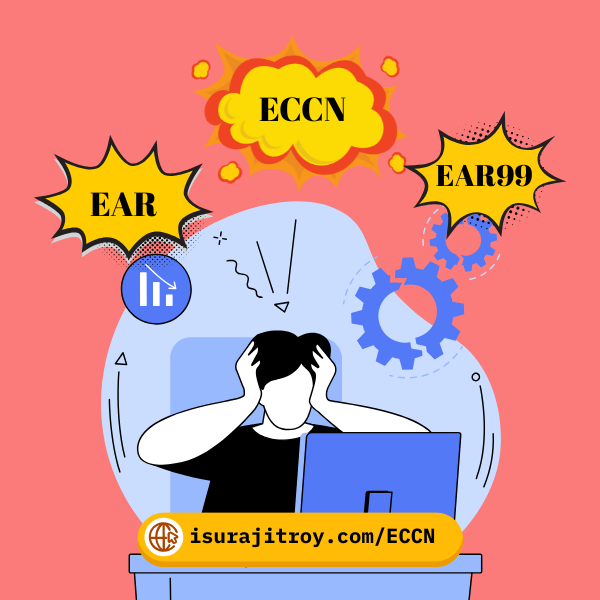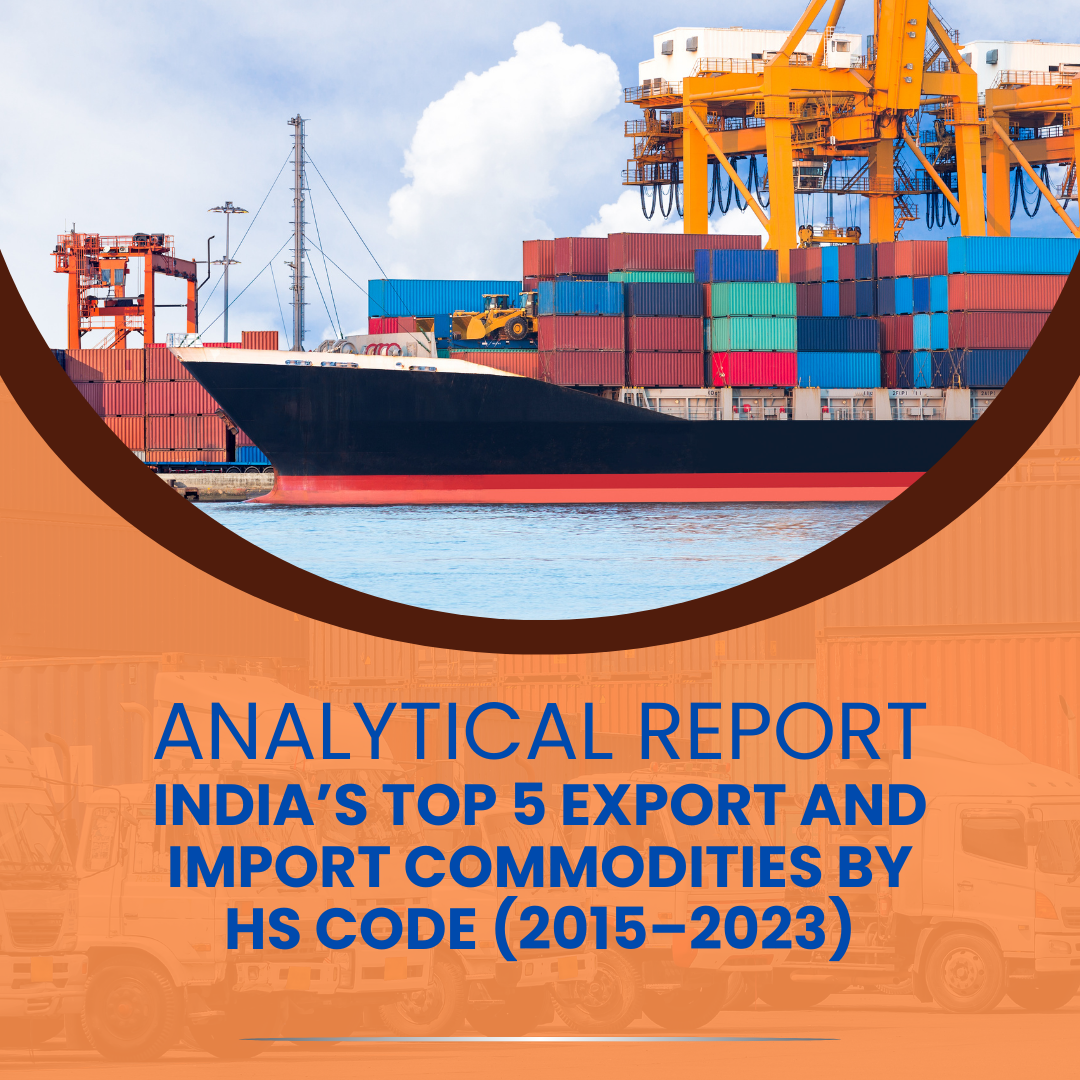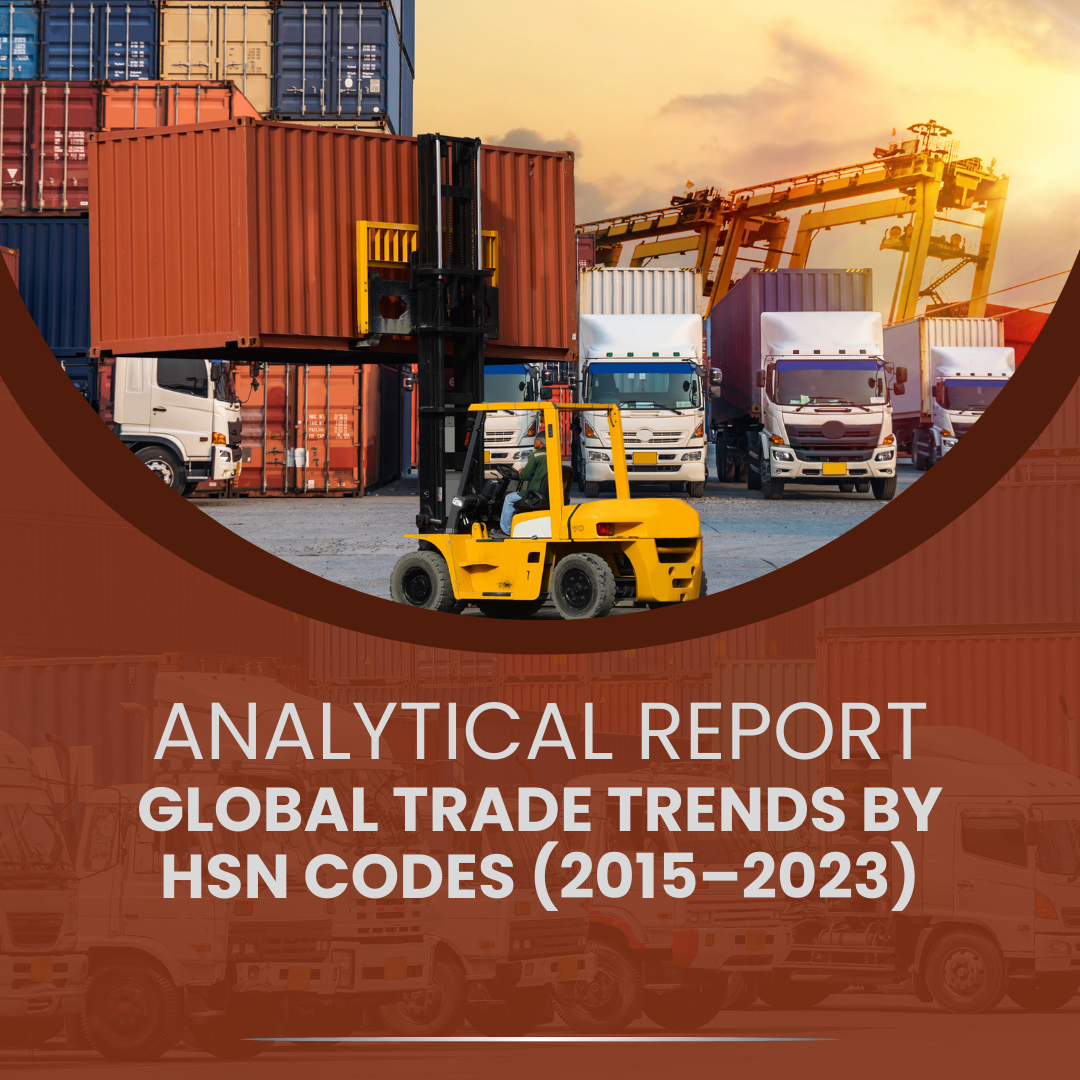Export Control Determination
My personal journey navigating EAR export control regulations and the intricate ITAR and EAR compliance landscape frequently highlighted the struggle to accurately determine if an item or service fell under the Export Administration Regulations (EAR). This challenge, particularly around identifying the correct ECCN (Export Control Classification Number), whether it was EAR99 ECCN, a specific ECCN 5A002, or another CCL ECCN from the Commerce Control List (CCL), motivated me to develop this interactive Export Control Determination tool. This free ECCN helping tool simplifies the process, eliminating the need to wade through complex legal texts. Users are guided through a series of clear “Yes” or “No” questions, presented one at a time, making ECCN determination and ECCN lookup far more straightforward, ultimately streamlining EAR export control compliance.
Export Control Determination tool (v-1.0)
Disclaimer
Please be aware that this tool is not powered by artificial intelligence in its core logic. The underlying decision-making process for ECCN (Export Control Classification Number), EAR99, and EAR (Export Administration Regulations) determinations is directly derived from the official Bureau of Industry and Security (BIS), a governmental body of the United States of America. Specifically, the logic implemented in this tool is a direct conversion of the flowchart found on their website, into JavaScript code. While I utilized AI tools, such as Google Gemini, to assist with the coding aspect, the intellectual property of the classification logic itself rests entirely with the BIS.
My background is in Bengali Literature, not technology. This tool was developed out of a personal struggle with ECCN classification and the belief that many others face similar challenges. My sole motivation is to simplify the complex concepts of ECCN, EAR99, and EAR Determination. This tool is offered freely, and I hold no patents or intellectual property rights over it. It is intended as a helpful resource to assist in the ECCN classification process, and I hope it serves its purpose effectively.
Supporting AI in Trade Compliance
I’m deep into research and development for an AI-based trade compliance solution that promises to revolutionize global trade efficiency and accuracy. This groundbreaking project aims to simplify the complex web of trade regulations, from ECCN classification to EAR and ITAR compliance, offering businesses a more streamlined and precise approach. Bringing this vision to life, however, requires substantial financial support. Your contribution would be instrumental in developing this innovative tool, enabling us to build a more intelligent and compliant future for international trade. Thank you for considering supporting this vital endeavor.
Export Control Decision Tree
The Export Control Decision Tree is a crucial tool for ensuring ITAR and EAR compliance, guiding exporters through the complex landscape of U.S. export regulations. The initial step involves determining if an item is “Subject to the EAR” (Export Administration Regulations). If not, it exits the EAR framework. However, if it falls under EAR regulations, the next critical step is to classify the item with an Export Control Classification Number (ECCN) on the Commerce Control List (CCL). This ECCN lookup is fundamental; it determines whether the item is EAR controlled or falls under the broader EAR99 ECCN, which applies to most commercial products not specifically listed on the CCL.
For items with a specific ECCN, the decision tree then prompts an evaluation of General Prohibitions 4-10. If these prohibitions apply, further steps are necessary. If not, or if the item is EAR99, the process diverges. For EAR99 ECCN items, General Prohibitions 4-10 are also considered. If no prohibitions apply and the item is not explicitly listed with an ECCN, it may qualify for “No License Required” (NLR), simplifying the export process. However, if an “X” is present in the Commerce Country Chart, indicating potential restrictions, the exporter must assess if a License Exception is available, referencing Part 740 of the EAR. Many companies, including Dell, HP, Microsoft, and Palo Alto Networks, utilize such tools for their products (e.g., Dell ECCN, Microsoft Office ECCN, Palo Alto Networks ECCN) to ensure adherence to EAR export control and avoid issues with dual-use ECCN items. If no exception applies, a license application must be submitted. This systematic approach, leveraging ECCN classification tools and understanding ECCN meaning, is vital for navigating the intricacies of EAR export regulation and maintaining robust EAR compliance, preventing unauthorized exports of sensitive technologies.
Subject to the Ear?
Understanding whether an item or activity is “Subject to the EAR” (Export Administration Regulations) is crucial for EAR and ITAR compliance and navigating the complexities of export control. The provided flowchart, titled “Is my item or activity subject to the EAR?”, outlines a systematic determination process. It begins by asking if the activity involves proliferation of WMDs or missile technology, which would immediately subject it to EAR. If not, the inquiry moves to whether the item is intended for export, re-export, or in-country transfer to another U.S. government agency. Further steps assess the nature of the item (e.g., pre-recorded phonograph records, printed books, pamphlets), the public availability of technology or software, and the item’s origin and location (in the U.S. or outside).
A key aspect of EAR export regulation is the ECCN (Export Control Classification Number). While the flowchart doesn’t explicitly mention ECCNs, the determination of whether an item is “EAR controlled” often leads to its classification under a specific ECCN, or potentially EAR99 ECCN. The Commerce Control List (CCL), which categorizes items based on their nature and control reasons, is where one would perform an ECCN lookup or use an ECCN classification tool. Items not specifically listed on the CCL are generally designated EAR99, signifying they are subject to the EAR but are less strictly controlled. However, even EAR99 items can require a license for export to certain destinations or end-users. This entire process, including ECCN determination and understanding ECCN meaning, is vital for ensuring EAR compliance and avoiding violations of EAR export administration regulations.




